 Dealing with Fear on the Trail
Dealing with Fear on the Trail
As Published in the September 2018 issue of Saddle Up Magazine
One year ago (August 26th, 2017 to be exact) I discovered gravity in Central Oregon. I was riding in the Three Sisters Wilderness and feeling terribly comfortable and confident. One minute I was busy taking pictures of an outstandingly beautiful area. The next I was in a Bend, OR Emergency Room with some pretty grim news. The assortment of bones in my shoulder were newly arranged and had numerous additional pieces floating around. It wasn’t pleasant.
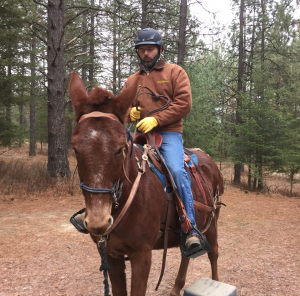 Fast forward a few months and past the worst of narcotics to when I first tried to get back on my mule Ruger. After awkwardly clambering aboard with an oddly wonky arm I realized that was nothing between me and ground but the same animal that I had been on during my accident. The comfortable and confident feelings were long gone. The next moment I was nearly unable to move. This was my first experience of being walloped by so severe a fear reaction. The anxiety lingered even after I got back on the ground.
Fast forward a few months and past the worst of narcotics to when I first tried to get back on my mule Ruger. After awkwardly clambering aboard with an oddly wonky arm I realized that was nothing between me and ground but the same animal that I had been on during my accident. The comfortable and confident feelings were long gone. The next moment I was nearly unable to move. This was my first experience of being walloped by so severe a fear reaction. The anxiety lingered even after I got back on the ground.
Fear is a neurophysiological response to a threat, real or perceived. It activates our fight-or-flight response by stimulating the hypothalamus, which in turn directs the sympathetic nervous system and the adrenal-cortical system preparing our bodies for danger. This can happen suddenly or we can experience a slow drip of anxiety that creeps up on us as dread. We inherited this “survival circuitry” from our hunter-gatherer ancestors. Those who developed it were better able to survive having to wrestle a bear or run from a pack of wolves. During an encounter with fear, blood is shunted from our limbs so it’s more available to our hearts. Our breathing and heart rates increase; we sweat or shiver; our stomach “drops” and our vision narrows as our bodies prepare to flee or freeze. As much as we might like to eradicate this disabling feeling from our lives, fear is a central part of us. We might as well accept it. But how?
If we can’t escape our fears how do we work with them? One way to overcome fear is to study our anxiety, to become familiar with it and understand it better. Diving into fear is contrary to our typical reaction of denying what frightens us, but getting to know our fears might well reduce them. These are five of the things that helped me.
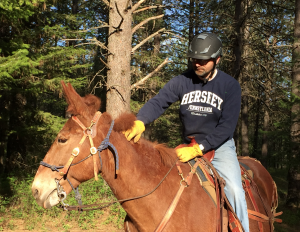 Avoid avoidance– For me the way to deal with my fear was to face it as head on as possible. Avoiding the thing that you fear prevents you from moving forward. For me that wasn’t “cowboying up”. I didn’t try to get rid of the fear or change it. It was simply recognizing and admitting to myself that I had fears. And being ok with that.
Avoid avoidance– For me the way to deal with my fear was to face it as head on as possible. Avoiding the thing that you fear prevents you from moving forward. For me that wasn’t “cowboying up”. I didn’t try to get rid of the fear or change it. It was simply recognizing and admitting to myself that I had fears. And being ok with that.
Develop a sense of control– The stress is on “personal control.” Focus your energy on the events that you have influence over, rather than on situations beyond your control. For me the Serenity prayer helped immensely:
God, grant me the serenity to accept the things I cannot change,
The courage to change the things I can,
And wisdom to know the difference.
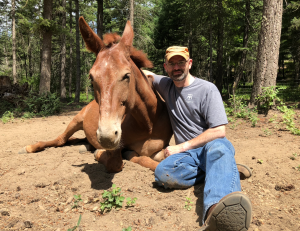 Encourage positivity– Fear causes us to notice and remember negative events, which in turn strengthens the sense that the world is scary. I slowly changed that by concentrating on the positive—the joy I feel when I see my wife, the pleasure of being around horses and mules, the beauty of a well-groomed mule, the fun of a great ride, the humor in a situation. Finding a positive angle was sometimes the hardest part.
Encourage positivity– Fear causes us to notice and remember negative events, which in turn strengthens the sense that the world is scary. I slowly changed that by concentrating on the positive—the joy I feel when I see my wife, the pleasure of being around horses and mules, the beauty of a well-groomed mule, the fun of a great ride, the humor in a situation. Finding a positive angle was sometimes the hardest part.
Find support– My fear caused me to feel disconnected from others. Fortunately, I had a wonderful support group of friends around the nation who offered support and encouragement during some pretty dark times. Thank you all. Family and friends can help us make a realistic assessment of our perceived threats. With the support of others, you’ll feel more confident when dealing with anxiety. Also, having a loved one close is calming and reduces the fight or flight response. Thank you Celeste for being there.
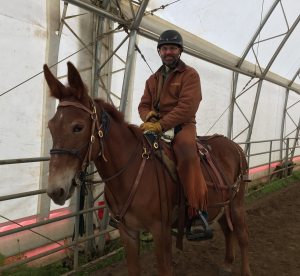 Go for a ride– Numerous studies have shown that being in outdoors with equines reduces fear and anxiety and increases pleasant feelings. There are many scientific reasons behind why hippotherapy (the use of horseback riding as a therapeutic treatment) works. Being connected to our animals and the outdoors not only makes us feel better emotionally, it reduces blood pressure, heart rate, and muscle tension – all signals of stress and fear. I’ve been a certified PATH instructor for nearly 20 years. I now know first-hand how my students feel. My first “rides” were simply sitting on Ruger. We progressed slowly from there.
Go for a ride– Numerous studies have shown that being in outdoors with equines reduces fear and anxiety and increases pleasant feelings. There are many scientific reasons behind why hippotherapy (the use of horseback riding as a therapeutic treatment) works. Being connected to our animals and the outdoors not only makes us feel better emotionally, it reduces blood pressure, heart rate, and muscle tension – all signals of stress and fear. I’ve been a certified PATH instructor for nearly 20 years. I now know first-hand how my students feel. My first “rides” were simply sitting on Ruger. We progressed slowly from there.
In summary:
- Face your fears and anxieties so they don’t become debilitating.
- Find ways to create a sense of personal control.
- Shift your focus to positive emotions.
- Get support from others.
- Hang out with your animals.
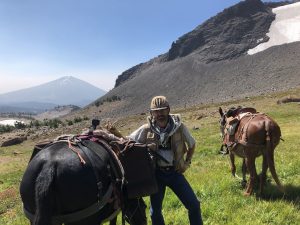 I hope that these tips are as helpful to you as they were for me in finding my way back to being comfortable in the saddle and on the trail. Now, if you’ll excuse me I have a mule to saddle and ride.
I hope that these tips are as helpful to you as they were for me in finding my way back to being comfortable in the saddle and on the trail. Now, if you’ll excuse me I have a mule to saddle and ride.
As always, for more information on this and other topics, as well as the largest source of validated and free horse trail and horse camp information in the U.S. please visit www.TrailMeister.com.


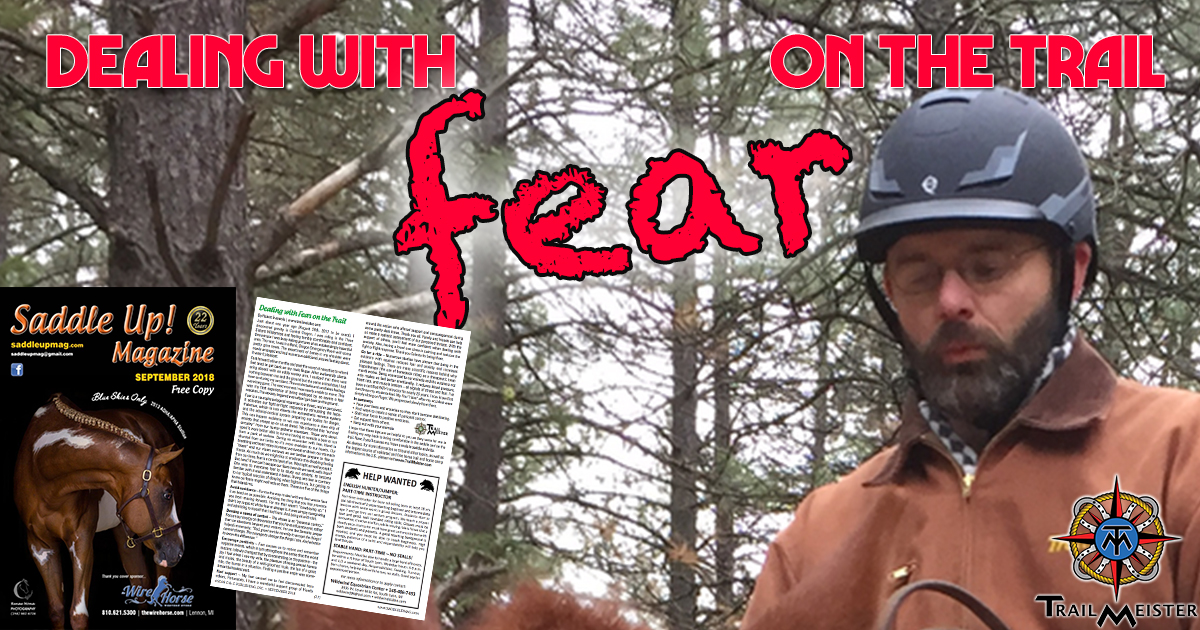
 To see more about my “Eventful” Ride click here – https://www.trailmeister.com/4-things-can-save-life-trail-riding/
To see more about my “Eventful” Ride click here – https://www.trailmeister.com/4-things-can-save-life-trail-riding/